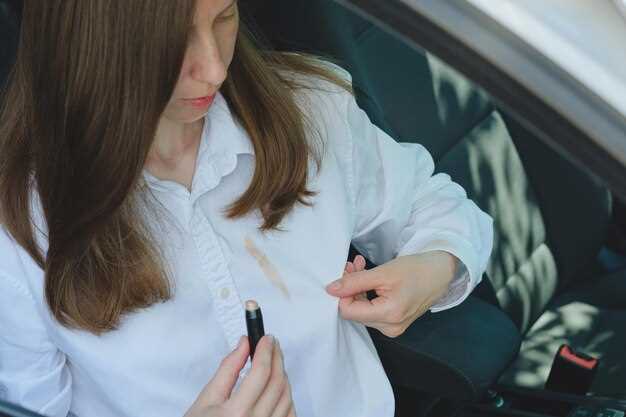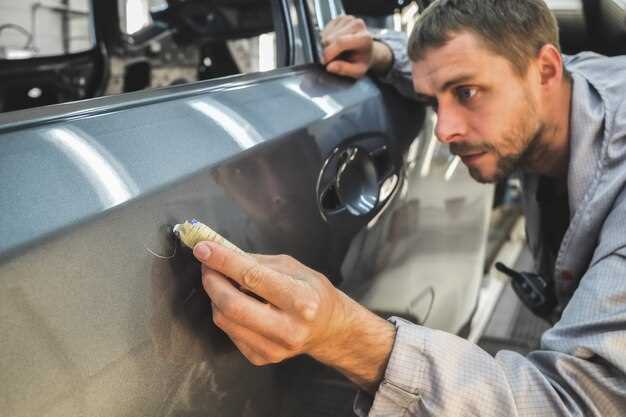
A body kit is more than just an aesthetic addition to your vehicle; it plays a crucial role in enhancing performance and protecting the underlying structure. Proper maintenance and care of your body kit are essential to ensure that it not only looks great but also functions effectively. Understanding the materials and components of your body kit is the first step in keeping it in optimal condition.
Regular cleaning is one of the simplest yet most effective ways to maintain your body kit. Dirt, grime, and environmental pollutants can accumulate, potentially damaging the finish and underlying materials. Utilizing the right cleaning products and techniques is vital. Opt for gentle, non-abrasive solutions that will preserve the integrity of the surfaces, avoiding harsh chemicals that can cause long-term harm.
In addition to cleanliness, regular inspections should be a part of your maintenance routine. Check for any signs of wear and tear, such as cracks or loose fittings, which may compromise your body kit’s performance. Timely repairs and adjustments can prolong the life of your kit and enhance its functionality, making it an essential aspect of overall vehicle care.
Furthermore, consider the impact of external elements on your body kit. Factors such as UV exposure, extreme temperatures, and road debris can significantly affect its lifespan and performance. Applying protective coatings or wax can provide an extra layer of defense, ensuring your body kit remains in peak condition while contributing to the overall aesthetics of your vehicle.
Cleaning Techniques to Preserve Your Body Kit Finish
Proper maintenance of your body kit is essential to ensure its longevity and visual appeal. Regular care not only enhances the aesthetic value of your vehicle but also protects the materials from environmental damage. Here are effective cleaning techniques to maintain your body kit finish.
Begin with a gentle washing routine. Use a pH-balanced car shampoo that is designed for automotive finishes. Avoid harsh detergents, as these can strip away protective coatings and dull the kit’s shine. Rinse the body kit thoroughly with water to remove loose dirt and debris before applying the soap.
Utilize a soft microfiber cloth or sponge for application. These materials are less abrasive and help prevent scratches on the surface. Always wash in sections, starting from the top and moving downwards, which minimizes the chances of dirt re-entering previously cleaned areas.
When drying your body kit, use a clean microfiber towel. This prevents water spots and ensures a streak-free finish. Make sure to dab, rather than wipe vigorously, to reduce the risk of inducing scratches. Pay special attention to seams and edges where water may collect.
For stubborn stains, consider using a specialized cleaner formulated for your body kit material, whether it be fiberglass, ABS plastic, or polyurethane. Test any cleaner on a small, inconspicuous area first to ensure compatibility with your finish.
After washing and drying, it’s beneficial to apply a wax or sealant designed for use on body kits. This adds an additional layer of protection, enhancing shine and guarding against UV rays and environmental contaminants. Ensure that the wax is suitable for the specific material of your kit.
Regular maintenance, such as washing your body kit at least once every two weeks, will help preserve its finish. Additionally, avoid using automated car washes with harsh brushes, as they can damage the surface. Instead, opt for hand washes whenever possible.
Lastly, store your vehicle in a shaded area or garage to minimize exposure to the elements. Prolonged sun exposure can fade colors and weaken materials, while humidity can lead to mold and mildew if left untreated. Following these cleaning techniques will help ensure your body kit remains in pristine condition for years to come.
Inspecting and Repairing Common Damage on Body Kits

Regular care and maintenance of your body kit is essential to ensure its longevity and performance. Over time, body kits can suffer from various types of damage, including scratches, cracks, and fading. Identifying and addressing these issues promptly can save you time and money in the long run.
Begin by inspecting your body kit regularly. Look for signs of wear, such as small chips or scratches that may occur due to daily driving or environmental factors. Pay close attention to edges and areas near the wheels, where debris is more likely to cause harm. Utilize a microfiber cloth to wipe the surface clean, allowing you to better assess the damage.
If you encounter minor scratches, they can often be repaired with specialized plastic polish or rubbing compound. Apply the product on a clean cloth and gently buff the area until the scratch fades. For deeper scratches or cracks, consider using a plastic repair kit specifically designed for body kits. These kits usually include a resin that can be mixed and applied to fill in the damaged area.
Fading can occur due to prolonged exposure to sunlight and harsh weather. To mitigate this, use UV protectant products to shield your body kit from harmful rays. Regular washing and waxing can also help maintain the original color and finish, enhancing its appearance and durability.
In more severe cases, such as significant cracks or breaks, consider seeking professional help. While minor repairs can often be managed at home, extensive damage may require the expertise of a body shop to ensure proper repair and alignment with the rest of your vehicle.
By routinely inspecting and addressing these common issues, you will prolong the life of your body kit, maintain its aesthetic appeal, and ensure it continues to perform effectively on the road. Regular maintenance not only enhances your vehicle’s look but also preserves its value over time.
Protective Products for Long-lasting Body Kit Appearance

Maintaining the aesthetic and functional quality of your body kit is essential for extending its lifespan. Several protective products can help prevent wear and tear, ensuring that your vehicle maintains its stunning appearance. Consider integrating the following products into your care routine:
- Wax and Sealants: Applying high-quality car wax or sealant creates a protective layer over the body kit. This barrier prevents dirt, grime, and UV damage, ensuring that the paint remains vibrant and glossy.
- Ceramic Coatings: For a more durable option, ceramic coatings provide long-term protection. These products bond with the paint, offering resistance to abrasion, chemicals, and environmental factors.
- Clear Bra (Paint Protection Film): Installing a clear bra on exposed areas of the body kit helps shield against rock chips and scratches. This film is virtually invisible while providing superior protection.
- Protective Sprays: Specially formulated sprays can be used to add an extra layer of protection. These products repel water and dirt, making it easier to clean the surface and maintain its appearance.
Regular application of these products will not only enhance the durability of your body kit but will also keep it looking new. Establishing a routine care schedule and using the right protective products are key steps in preserving your investment.



